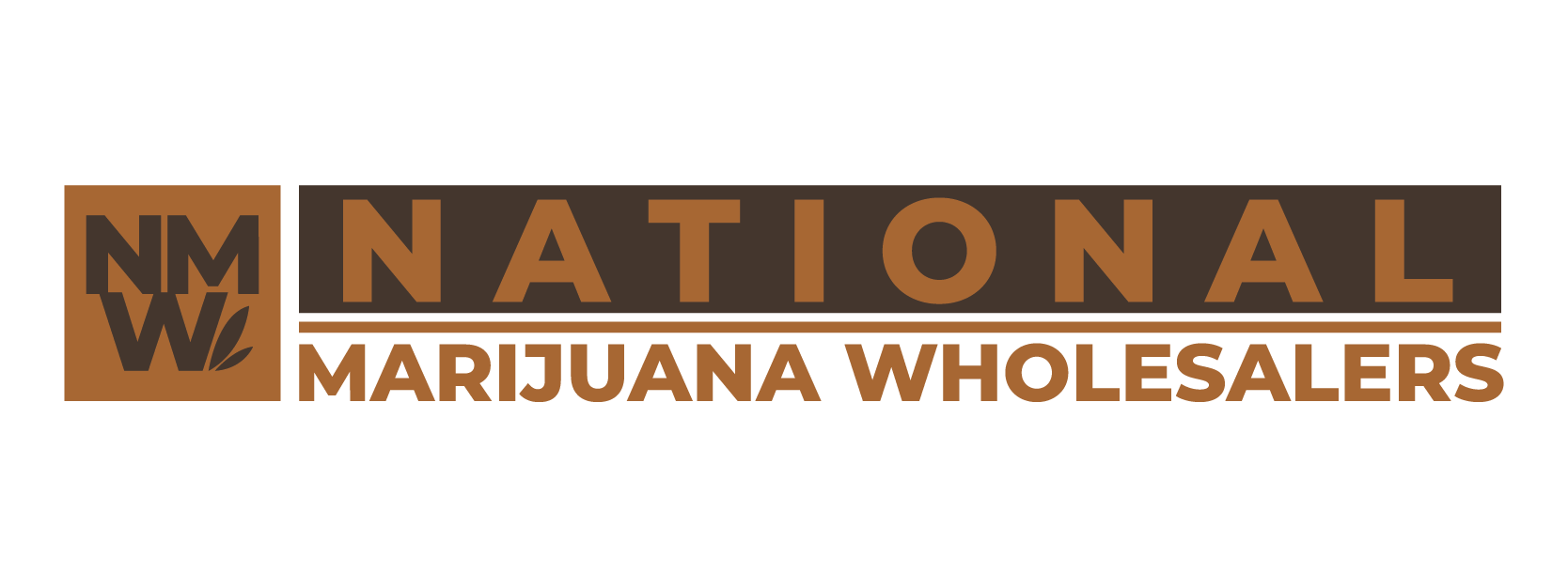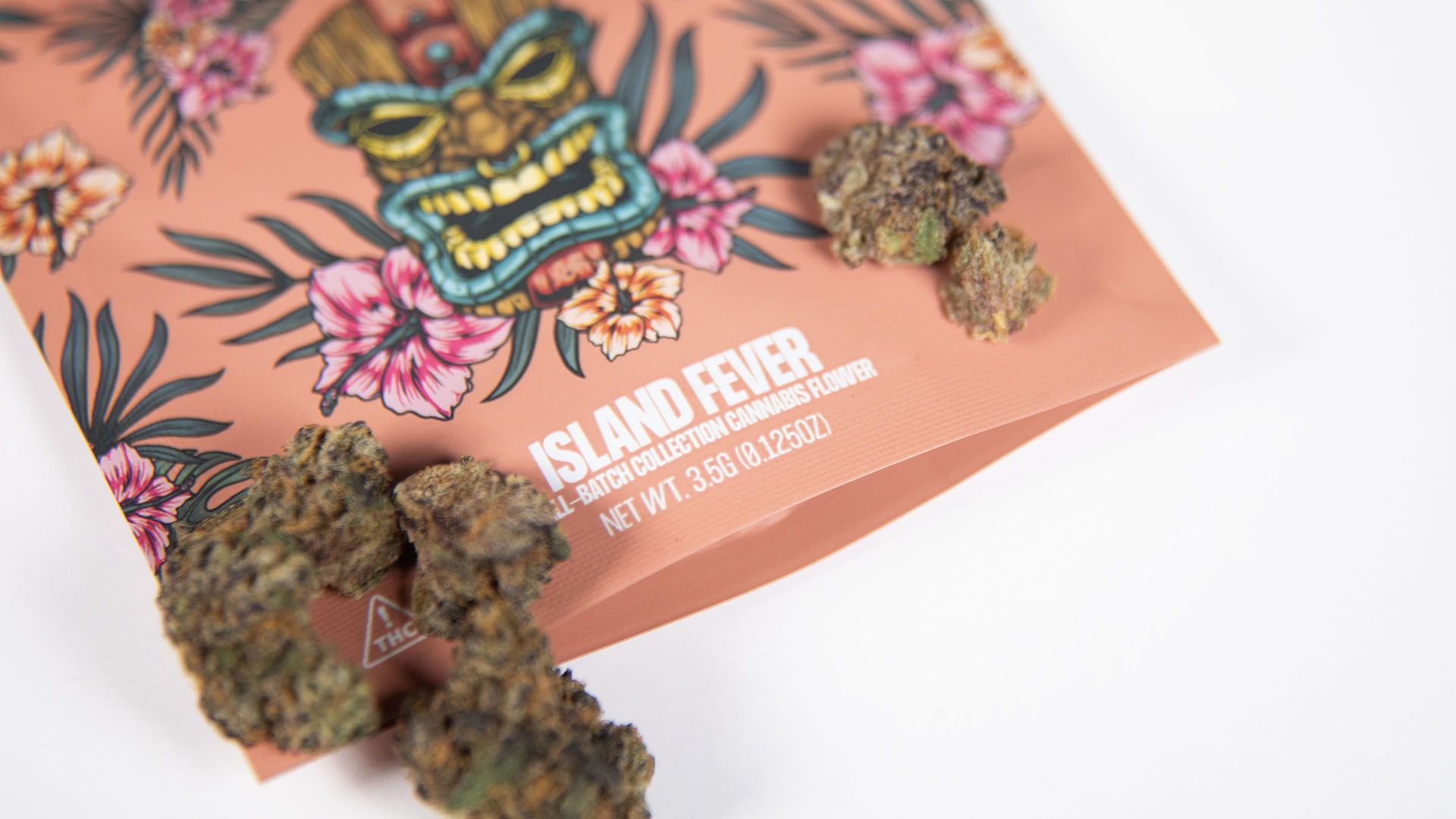Cannabis product manufacturing happens under a patchwork of state rules that shape everything from testing to packaging. Unlike FDA-regulated categories, cannabis lacks a single national standard, so manufacturers must tailor processes state by state. California, for example, has moved to standardize cannabinoid testing methods across licensed labs—a welcome step, but one that still differs from neighboring markets and requires costly revalidation of methods and SOPs for each jurisdiction.
The Testing Bottleneck—and Why Label Accuracy Can Slip
Independent researchers and regulators have documented potency inflation and inter-lab variability, especially for THC values. Peer-reviewed work found retail labels frequently overstated THC compared with independent measurements, a symptom of incentives that can drive “lab shopping” for friendlier results. For consumers, that can mean paying premium prices for potency that isn’t actually in the jar. Manufacturers who refuse to shop for numbers may still face delays or failed lots as they harmonize methods across different labs and states.
Regulators and industry analysts have flagged “THC inflation” and lab shopping as structural issues. Tackling them requires stricter oversight and reference-lab programs that routinely pull products from shelves, something some major markets still lack. Where those controls are weak, manufacturers face uncertainty: the same batch can clear in one state but be questioned in another, risking hold-ups, relabeling, or destruction.
Recalls, Contamination, and Stability Surprises
Even when a batch passes initial testing, stability testing can surface problems weeks later. In mid-2025, a medical flower recall in Connecticut followed a 60-day stability check showing yeast and mold above limits—after the product had already cleared required testing and reached patients. For manufacturers, these events trigger costly reverse logistics, investigations, and potential reformulation or process changes. For consumers, they mean empty shelves and distrust.
California’s Department of Cannabis Control (DCC) reports that Aspergillus mold has been a leading reason for recalls, and the state has also moved to standardize test methods to tighten oversight. Recalls can be mandatory or voluntary, but either way, they disrupt production schedules and delay new inventory arriving at dispensaries.
Packaging and Labeling: Necessary, But Not Simple
Child-resistant, tamper-evident, and compliant labels are consumer safeguards—but they add lead time. Manufacturers must validate components, run line trials, and manage state-specific warnings and symbols. California, for instance, requires child-resistant packaging and puts the compliance burden squarely on the licensee that packaged the product. Industry operations guides also stress batch numbers, allergens, and prohibited claims—all of which can force reprints if rules change or a batch’s test results shift late in the process. Each reprint can push launch dates and strand inventory upstream.
Read More: Packaging & Labeling Rules Every Cannabis Wholesaler Must Master
Track-and-Trace Friction
Seed-to-sale tracking systems like Metrc are essential for transparency, but integrations can be finicky. If an API sync fails or a shipping manifest misaligns with physical inventory, a finished batch may sit in a vault instead of moving to a retailer. In newer markets still rolling out tracking platforms, delays or vendor transitions compound the risk that compliant product won’t reach shelves on time.
Lessons From the Vape Crisis
Manufacturers of inhalable products continue to navigate reputational and compliance headwinds after the 2019 EVALI outbreak, which the CDC strongly linked to vitamin E acetate in illicit THC vapes. Even though licensed manufacturers avoid such additives, the legacy of EVALI pushed many brands to overhaul supplier audits, expand impurity testing, and strengthen ingredient disclosure—steps that improve safety but extend development timelines. Consumers benefit from tighter controls, but it can slow refill cycles for popular SKUs.
What this Means for Shoppers
For consumers, these upstream challenges translate into intermittent out-of-stocks, shifting potency labels, and occasional product holds or recalls. The most responsible manufacturers adopt conservative testing, robust vendor qualification, and transparent packaging—all of which reduce risk but can delay launches. When you see a favorite product temporarily missing, it often reflects safety work happening behind the scenes: confirmatory testing, packaging corrections, or track-and-trace reconciliation. Over time, maturing standards (like California’s lab method harmonization) should improve label fidelity and product availability, but until interstate parity exists, complexity will remain.

